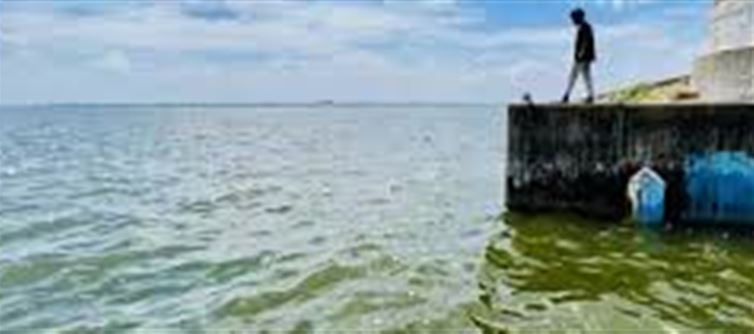
Chennai, often described as India’s “water-stressed metropolis,” is preparing for the future. With projections showing that the city’s drinking water demand will more than triple by 2050, the Water Resources Department (WRD) has launched a massive ₹14,000-crore expansion plan. The initiative focuses on restoring traditional water bodies, building new infrastructure, and boosting sustainability. Here’s a breakdown of the ambitious project.
1. Why This Plan Is Urgent
Chennai has faced repeated water crises over the last decade, from parched summers to reliance on water tankers. Rising urbanisation and population growth mean the city’s storage needs could surge dramatically, making long-term planning critical.
2. Restoring Lakes and Tanks
A major portion of the plan focuses on reviving Chennai’s traditional water systems—its lakes, tanks, and reservoirs. These water bodies, once lifelines of the city, have suffered encroachment and neglect. Restoration will improve storage, reduce flooding, and replenish groundwater.
3. New Reservoirs in the Pipeline
The WRD has proposed building new reservoirs and check dams to increase storage capacity. These modern structures will complement existing ones like Chembarambakkam and Poondi, ensuring that the city doesn’t run dry even in peak demand seasons.
4. Boosting Groundwater Recharge
To tackle falling groundwater levels, the plan includes expansion of recharge structures such as percolation ponds, recharge wells, and infiltration systems. These will help rainwater percolate naturally, replenishing aquifers that millions of households depend on.
5. Massive Budget Allocation
The ₹14,000-crore investment will be spread across multiple projects, phased over the coming years. This includes both infrastructure development and ecological restoration, balancing urban needs with environmental sustainability.
6. Projected Benefits by 2050
· Tripling of drinking water storage capacity.
· Reduced dependence on water tankers and desalination plants.
· Enhanced resilience against droughts and floods.
· Long-term water security for Chennai’s growing population.
7. A Step Toward Sustainable Urban Living
Experts say the project reflects a holistic water management approach—blending traditional systems with modern engineering. If executed effectively, it could serve as a model for other indian cities grappling with water scarcity.
✅ Final Thought: Chennai’s ₹14,000-crore water expansion plan is more than an infrastructure project—it’s an investment in the city’s survival. By restoring its lakes, building reservoirs, and embracing recharge systems, chennai is taking a giant step toward securing water for future generations.
Disclaimer:
The views and opinions expressed in this article are those of the author and do not necessarily reflect the official policy or position of any agency, organization, employer, or company. All information provided is for general informational purposes only. While every effort has been made to ensure accuracy, we make no representations or warranties of any kind, express or implied, about the completeness, reliability, or suitability of the information contained herein. Readers are advised to verify facts and seek professional advice where necessary. Any reliance placed on such information is strictly at the reader’s own risk..jpg)




 click and follow Indiaherald WhatsApp channel
click and follow Indiaherald WhatsApp channel